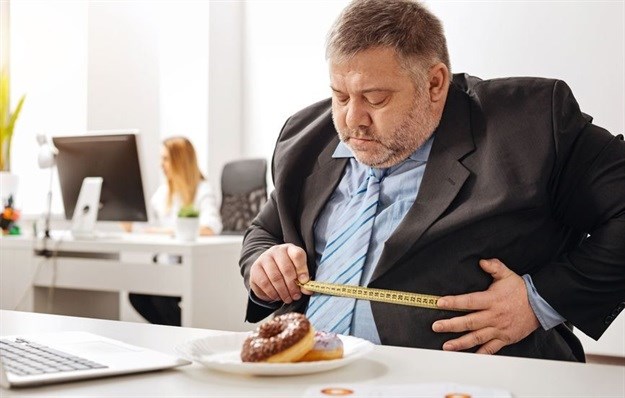
Top stories


Marketing & MediaCammy Msimango on finding her footing in South Africa’s fast-moving digital newsroom
Esther Tomorrow, MDNTV 20 hours




More news




And there's a direct relationship between time spent sitting and your risk of early mortality of any cause.
Richard Andrews, managing director of Inspiration Office, an Africa-wide office space and furniture consultancy, said that most workers are so used to the notion of sitting all day, they don’t even think about the damage it could be doing to their bodies.
“Our analysis shows that people sit in a car or bus to get to work and once there, sit at their desks, sit in meeting rooms and even sit in the canteen for lunch. And what compounds the problem these days, is the culture of answering emails after work hours.
“This can easily addd an extra hour of sitting to the day. This means workers will typically sit for between 10 and 12 hours a day without even realising it. And it can have a devastating impact on peoples’ health - even if they exercise frequently.”
One study compared adults who spent less than two hours a day in front of a computer with those who logged more than four hours a day of screen time.
Those with greater screen time had a nearly 50% increased risk of death from any cause and about a 125% increased risk of events associated with cardiovascular disease, such as chest pain (angina) or heart attack.
Andrews added that if there was ever doubt of the effects of sitting, most people ‘shrink’ during the day. The reason lies in the vertebral column, specifically in the inner part of the vertebral disc. The discs in the spine are composed of a gelatin-like material which provides cushioning and protection to the spine.
“It’s your body’s shock absorber. And with the pounding your vertebrae take during the day with by sitting, it needs time to rest, rejuvenate and elongate again. Sitting for hours literally causes us to shrink a little during the work day.
“There is however a simple way to combat the negative effects of sitting on our health," Andrews noted.
“People in offices should take a movement break every 30 minutes. No matter how much you exercise, you still need to do this. Research shows that people who sat for less than 30 minutes at a time had the lowest risk of early death.”
Andrews said that while people know they need to move more, guidelines on what the entails should be more specific and should be put up in every office and encouraged by management.
“For every 30 consecutive minutes of sitting, stand up and move/walk for five minutes at brisk pace to reduce the health risks from sitting.”
Study results indicate that those who frequently sat in stretches less than 30 minutes had a 55% lower risk of death compared to people who usually sat for more than 30 minutes at a stretch.
People who frequently sat for more than 90 minutes at a stretch had a nearly two-fold greater risk of death than those who almost always sat for less than 90 minutes at a stretch, he said.
Andrews added that an added benefit of moving every 30 minutes was to encourage older workers to move.
“As we age we tend naturally to become more sedentary, but this increases the risk of poor health. Everyone will benefit from moving every 30 minutes. It’s important people just make it a habit.”